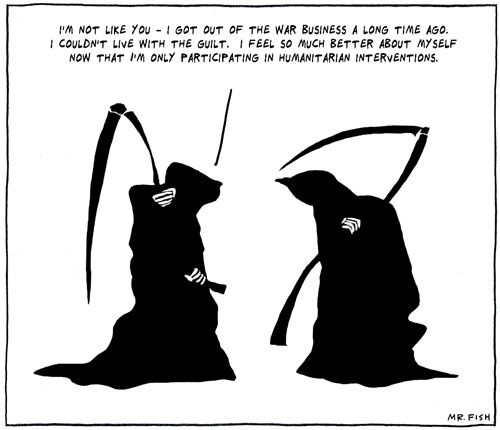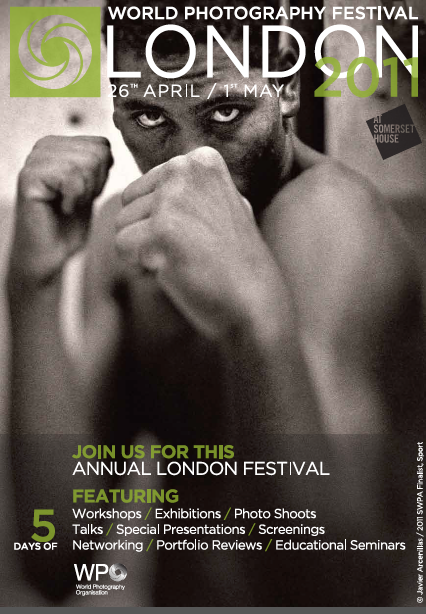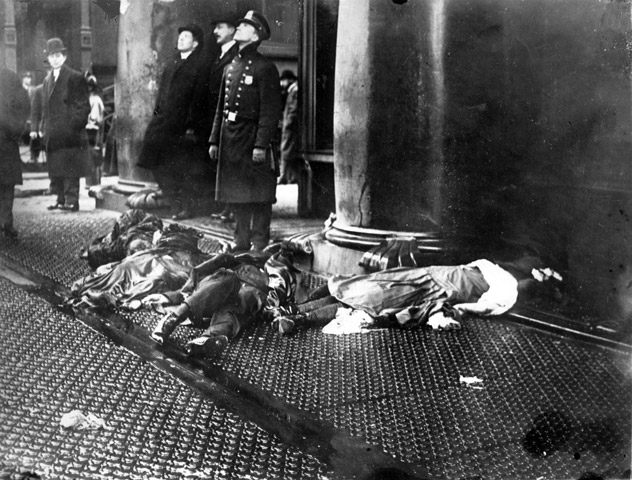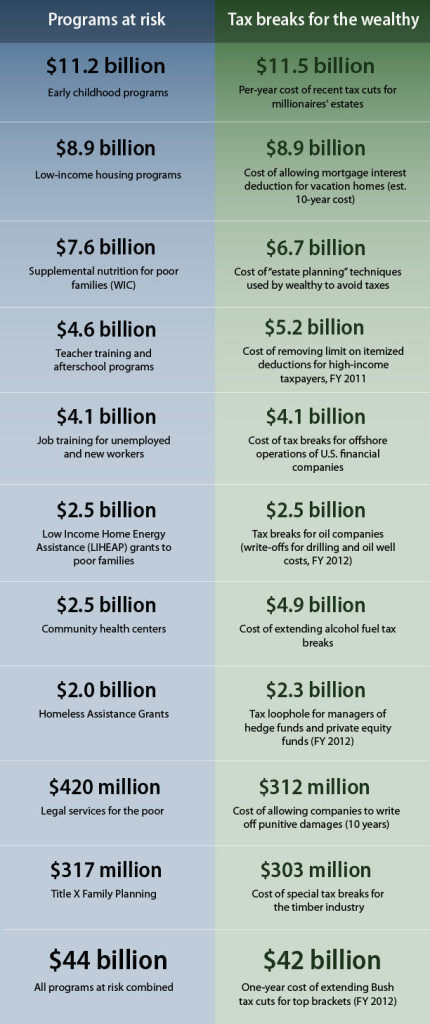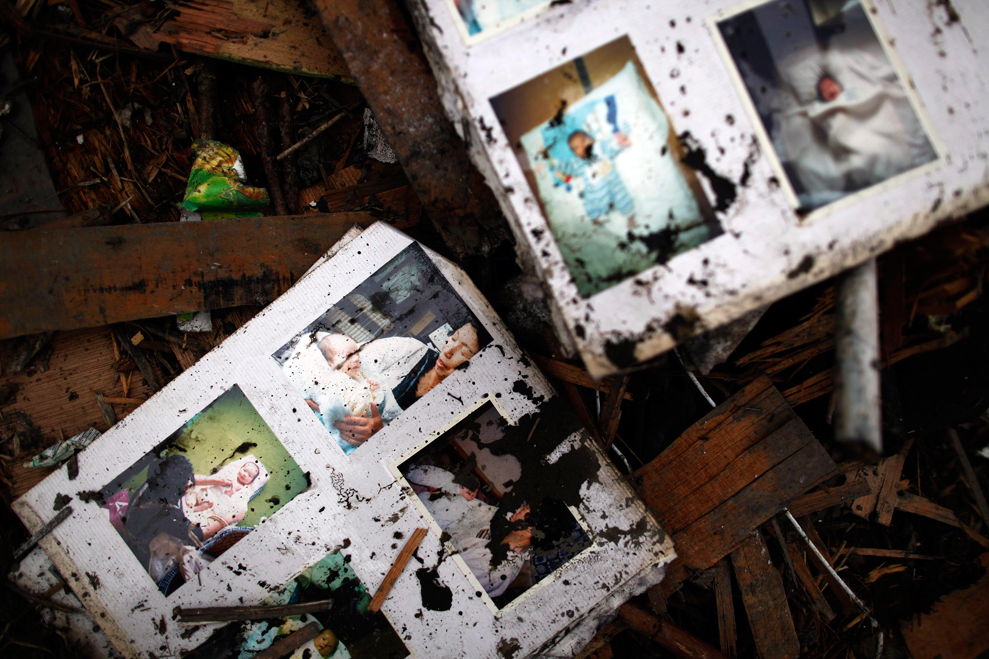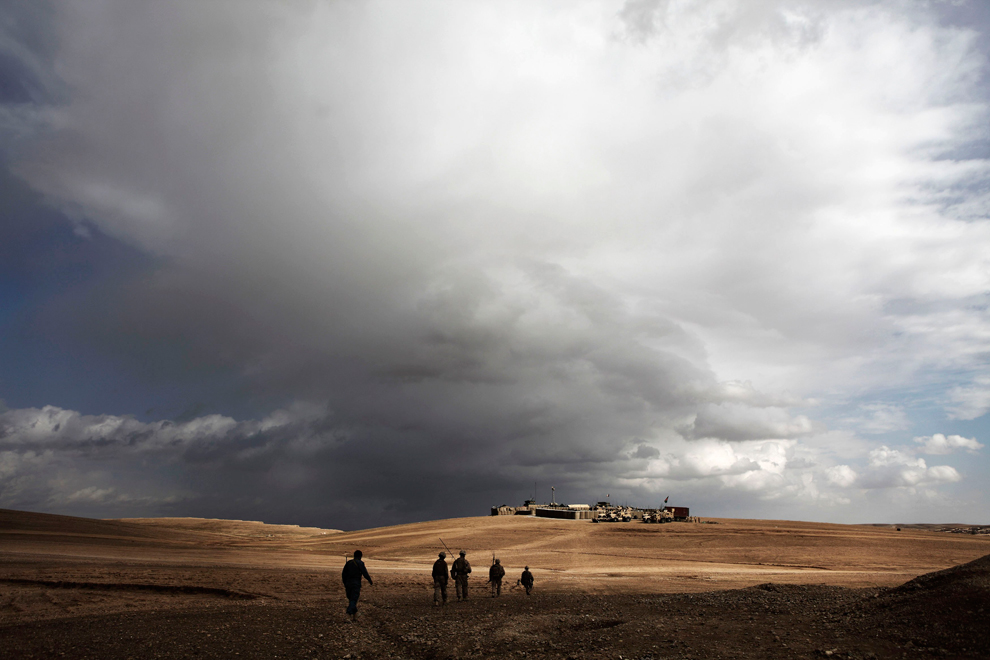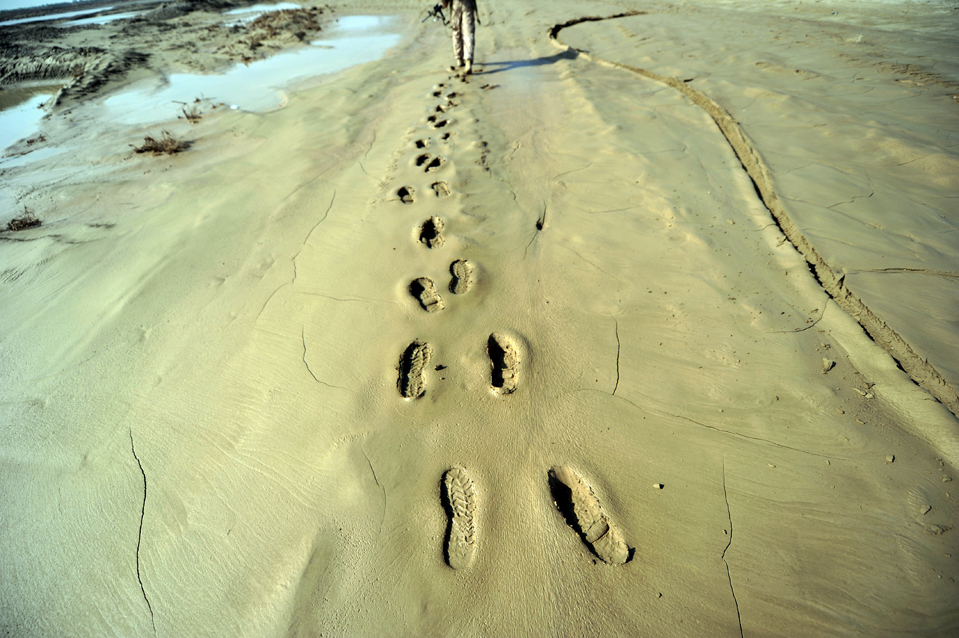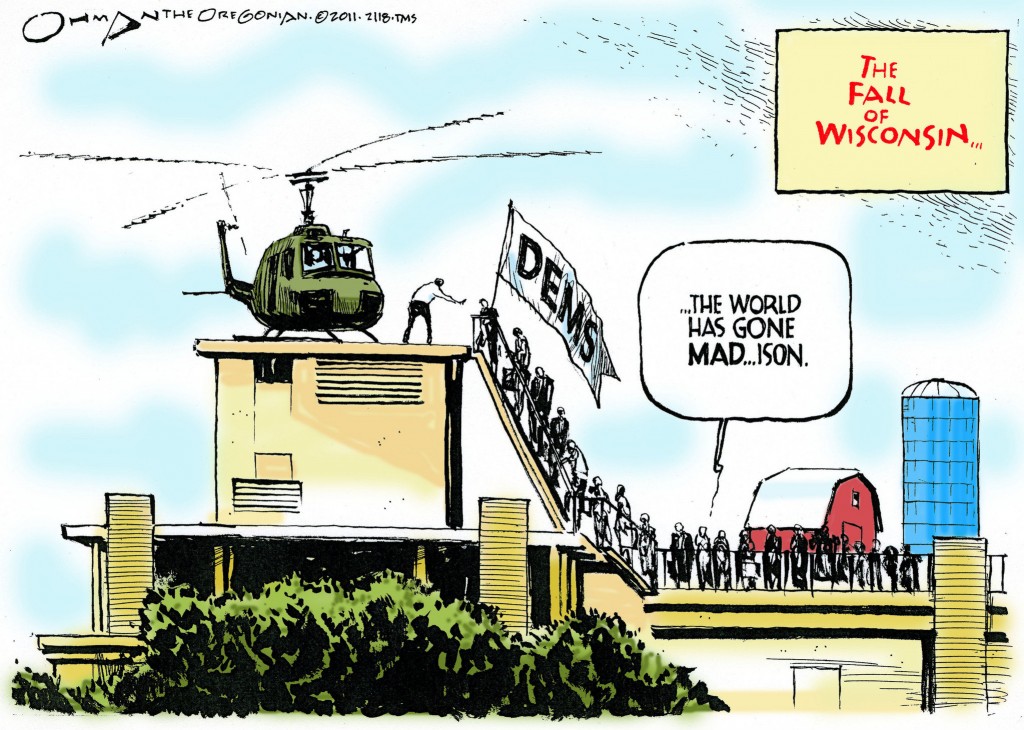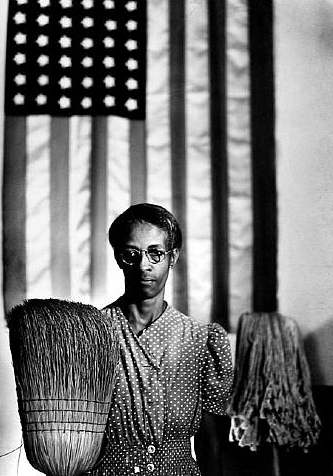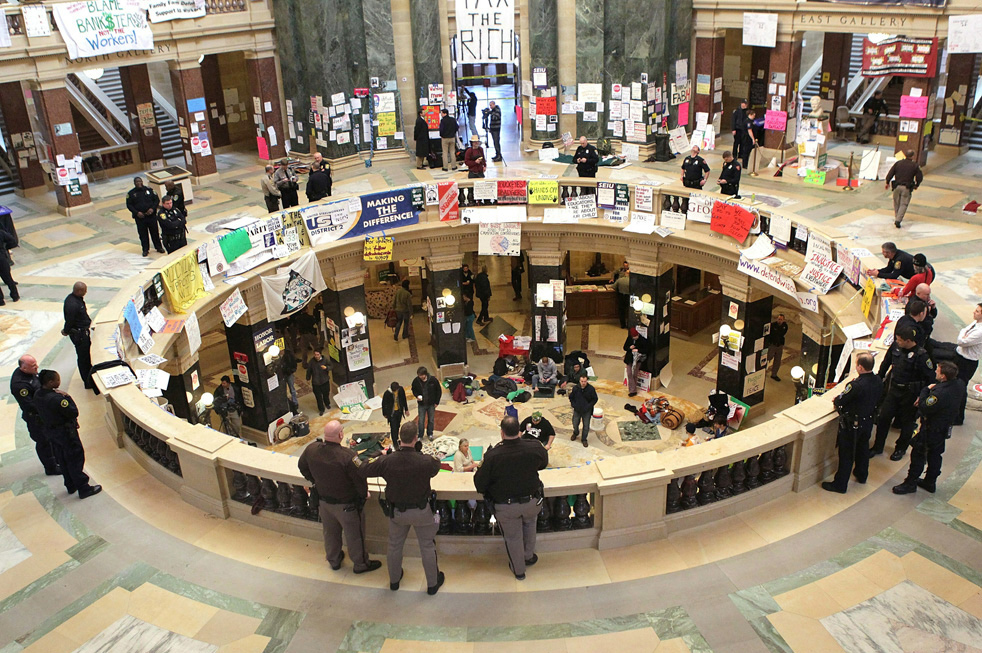
The protests against Wisconsin Governor Scott Walker’s effort to eliminate collective bargaining for state employees is moving into its third week. Nearly 100,000 protestors have amassed outside of the Capitol building, the vast majority in opposition to the Governor’s bill. On Sunday the Governor ordered the Capitol locked down for “safety reasons.” The police initially indicated that the building would be cleared, but for reasons that are not entirely clear decided to leave those camped out in the rotunda alone even as they closed the doors to the entrance and refused to let anyone without a state issued ID to enter.
By some accounts the Governor’s order to keep “the people” out of the State Capitol is a violation of the State Constitution and one District Court has already issued a restraining order that of this writing has yet to be acted upon, but constitutional or not, it is hardly a wise move to try to silence the voice of the people with such transparently authoritarian methods. According to some reports the Governor has lost significant symbolic capital in his abject refusal to negotiate with the unions, as well as with his more recent efforts to quell all dissent. But as the photograph above—and many others like it—envision, there is a different and more important point to be made about the ways in which this political contest appears to be unfolding.
The caption to this photograph reads, “Police watch over the small number of protestors that remain in the Capitol rotunda.” And so they do, quite literally, as they are separated from the protestors in the well of the rotunda by a full story and thus look down upon them. Notice in this regard too how casual they are, clearly attentive to what is going on below them and yet not threateningly so. While they carry side arms, no weapons are drawn or at the ready; the riot gear so common in protest imagery in general is noticeably absent.
Of course, the police serve a dual role as both protectors of the public and enforcers of the law, but what is important here is that they look to be more the protector than the enforcer. Indeed, there is a sense in which the police are the primary focus of the photograph even as they frame the margins of the scene otherwise centered on the protestors, a point underscored by the high and long angle that puts the viewer above and remote from the action below. Rather than to stand in opposition to the protestors, the police appear to be something of an extension of them, as is common with the center-margin scheme. And more, while one might ordinarily imagine such a line of sight as distancing the viewer from the scene as a more or less passive (if not also omniscient) observer, here, perhaps because of the location in the State House, it seems to animate a more active, democratic spectatorship: As the police watch over the protestors, so the viewer—now identified with “the people” in the manner of a vox populi, vox dei consciousness—watches over the police.
Notice finally, and perhaps most importantly, that the photograph effectively distances the police from the Governor of Wisconsin. While they have not entirely turned their back on his orders, neither have they completely enacted his will by completely evacuating the rotunda. And so what the viewer is given to see, perhaps, are the true, legitimate arbiters of state power and authority standing their watch in the way that a democratic government was intended to do, serving as a visible buffer between tyranny and liberty.
Credit: Scott Olson/Getty Images
4 Comments
